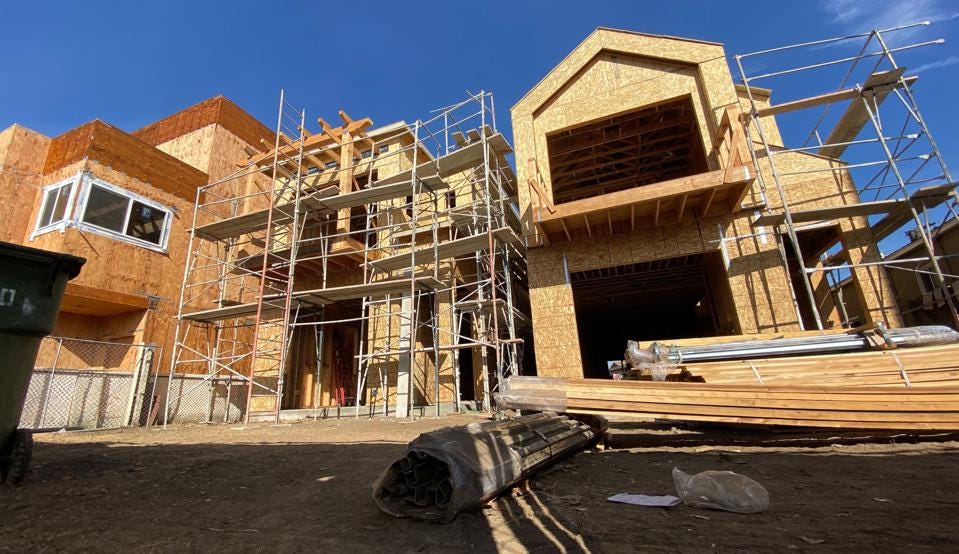Published by Forbes.com | June 28, 2022
Corporate investors have purchased hundreds of thousands of single-family homes. Experts say that’s a symptom–not a cause–of a housing shortage that’s been more than a decade in the making.
The U.S. is in the midst of a housing supply crisis, with rents skyrocketing and the number of first-time homebuyers who can qualify for a mortgage on even a starter home shrinking. Who is to blame for this mess? The Democrats who run the U.S. House Financial Services Committee have identified a convenient villain: corporate investors.
The committee held a hearing today, and the name of the session is the giveaway: “Where Have All the Houses Gone? Private Equity, Single Family Rentals, and America’s Neighborhoods.” Indeed, corporate investors have purchased hundreds of thousands of single-family homes across the country over the last decade, making it harder for Millennials, Gen Z and other first time buyers to break into the market.
But, some experts, including a key one at the hearing, argue that the problems with the housing market run much deeper; they pin the housing shortage and rising rents on the lack of new home building since the Great Recession.
“The growth of institutional investors is a symptom, rather than the cause, of extremely tight housing markets,” Jenny Schuetz, a senior fellow at Brookings Metro said in her statement to the committee. “Institutional investors benefit from tight housing supply, but they did not create the problem.” (Brookings Metro is an initiative of the Brookings Institution focused on the future of the middle class.)
The problem began with the housing bust and the Great Recession, according to Schuetz and other experts. The U.S. built fewer homes in the 2010s than in any decade since the 1960s. Foreclosures left many homes empty and deteriorating. But the decimated home building industry never ramped new residential construction back up to meet the needs of future homebuyers. Those builders who did survive the Great Recession faced growing zoning and cost challenges.
“Exclusionary zoning rules make it difficult to build in places where there’s a lot of demand for new homes, like big urban areas,” Mark Zandi, chief economist at Moody’s Analytics, said in an interview. Zandi added that many growing suburban areas have restrictions on building multi-family housing and that higher permit costs have made it more expensive to start new residential construction.
Meanwhile, as the economy grew over the last decade–and aging Millennials married and started families–the number of would-be first time homebuyers grew. The combination of a lack of new entry-level homes and more buyers drove up home prices and rents.


